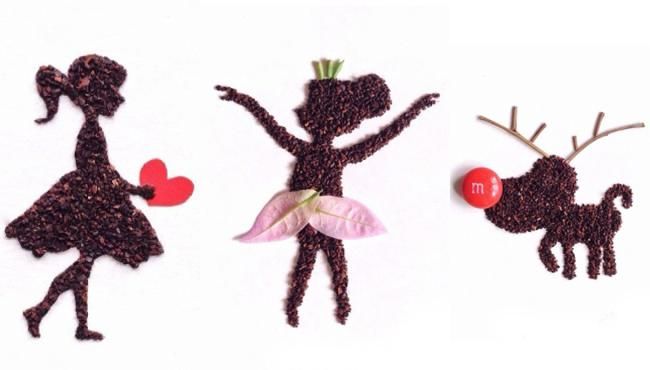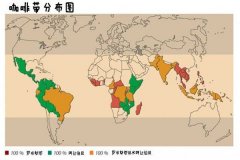Coffee grounds have three wonderful uses that no one knows.

After enjoying the delicious coffee, don't throw away the remaining residue, which is rich in antioxidants and alkaloids. Taiwan's "Chinese Health Network" summarizes several wonderful uses of coffee grounds.
Magic use 1: exfoliate. Coffee grounds is a good material for exfoliating. Rub it into the bath milk and massage the body to remove the aged cutin and make the skin smooth, compact, meticulous and shiny.
Ingenious use 2: moisture absorption and deodorization. Coffee grounds have many small pores, which can absorb moisture and remove flavor. Putting the dried coffee dregs in the cup in the refrigerator and microwave oven can remove the mixed smell of many kinds of food; it can replace the chemical aromatics in the toilet; it can also have a good deodorant effect in the wardrobe, shoe cabinet and car. It is best to replace it every two or three days to avoid mildew after absorbing water.
Magic use 3: natural fertilizers, pesticides. A study by Ohio State University in the United States found that coffee residue contains about 2% nitrogen, which can convert organic matter into fertilizer, which is a safe and environmentally friendly fertilizer. Huang Yu-Ming, an associate professor in the Department of soil and Environmental Sciences at Chung Hsing University in Taiwan, points out that whether the coffee grounds are dry or wet, they can provide nutrients for plants as long as they are laid on the top of the soil and let them decompose themselves, but it is not recommended to grow a large number of crops.
In addition, because coffee grounds contain alkaloids, they can be used as natural pesticides. First dry and grind the coffee grounds, then reboil the coffee with water, cool the coffee water and put it in a spray bottle, spray it on the place where there are insects on the plant, have the effect of deworming, and spray it once every two or three days.
Important Notice :
前街咖啡 FrontStreet Coffee has moved to new addredd:
FrontStreet Coffee Address: 315,Donghua East Road,GuangZhou
Tel:020 38364473
- Prev

Why do you want to go big after drinking a cup of coffee?
I don't know if you have ever had this awkward experience: every time I finish a cup of coffee, I want to, um, poop. It is said that three out of ten coffee drinkers will have this experience. In the past, scientists used to think that the culprit was caffeine's laxative effect, but they later found that decaf coffee would have the same effect, which means that the culprit is very likely.
- Next

Drink and cherish how a good cup of coffee is made.
From a small coffee bean to a cup of strong coffee, how much manpower is involved and how many processes are involved? Today, let's take a look at the whole process! 1. Coffee trees are suitable for planting in tropical and subtropical areas. There are Yunnan, Hainan and Taiwan in China. The coffee we drink every day is grown on the coffee tree.
Related
- Beginners will see the "Coffee pull flower" guide!
- What is the difference between ice blog purified milk and ordinary milk coffee?
- Why is the Philippines the largest producer of crops in Liberia?
- For coffee extraction, should the fine powder be retained?
- How does extracted espresso fill pressed powder? How much strength does it take to press the powder?
- How to make jasmine cold extract coffee? Is the jasmine + latte good?
- Will this little toy really make the coffee taste better? How does Lily Drip affect coffee extraction?
- Will the action of slapping the filter cup also affect coffee extraction?
- What's the difference between powder-to-water ratio and powder-to-liquid ratio?
- What is the Ethiopian local species? What does it have to do with Heirloom native species?

